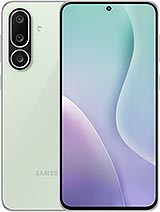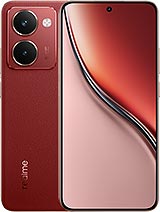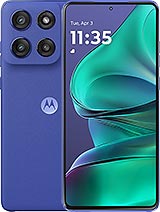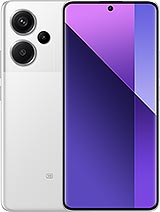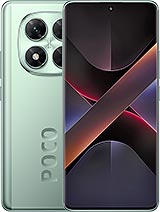Oppo F29 alternatives
Tap above to see alternatives.
Poco X7 alternatives
Tap above to see alternatives.
4x2.2 GHz Cortex-A78
4x1.8 GHz Cortex-A55
4x2.5 GHz Cortex-A78
4x2.0 GHz Cortex-A55
8GB 256GB (UFS 3.1)
8GB 256GB (UFS 2.2)
f/1.8, 27mm (wide), 1/2.88", PDAF
2 MP
f/2.4, (depth)
f/1.5, 26mm (wide), 1/1.95", 0.8µm, PDAF, OIS
8 MP
f/2.2, 15mm, 120˚ (ultrawide), 1/4.0", 1.12µm
2 MP
f/2.4, (macro)
1080p@30/120fps
1080p@30/60/120fps
f/2.4, (wide)
f/2.2, 25mm (wide), 1/4.0", 0.7µm
SIM1: Nano, SIM2: Nano
SIM1: Nano, SIM2: Nano
FDD: N1, N3, N5, N8, N28
TDD: N40, N41, N77, N78
FDD: N1, N2, N3, N5, N7, N8, N20, N28
TDD: N38, N40, N41, N48, N77, N78
FDD: N1, N3, N5, N8, N28
TDD: N40, N41, N77, N78
FDD: N1, N2, N3, N5, N7, N8, N20, N28
TDD: N38, N40, N41, N48, N77, N78
In this comparison, the Poco X7 with the Mediatek Dimensity 7300 Ultra (4nm) performs better than the Oppo F29 with the Qualcomm Snapdragon 6 Gen 1 (4nm), thanks to its more efficient chipset.
The Poco X7 offers 3 years of OS updates, while the Oppo F29 provides 2 years. When it comes to security updates, Poco X7 leads with 4 years of support.
Both phones feature AMOLED displays. They have the same 120 Hz refresh rate. Poco X7 also has a brighter display with 3000 nits, improving outdoor visibility. Notably, Poco X7 has a higher resolution display, resulting in sharper visuals.
Oppo F29 has a larger 6500 mAh battery for longer usage. They support 45W wired charging.
Both phones have the same IP69 rating for water and dust resistance.

